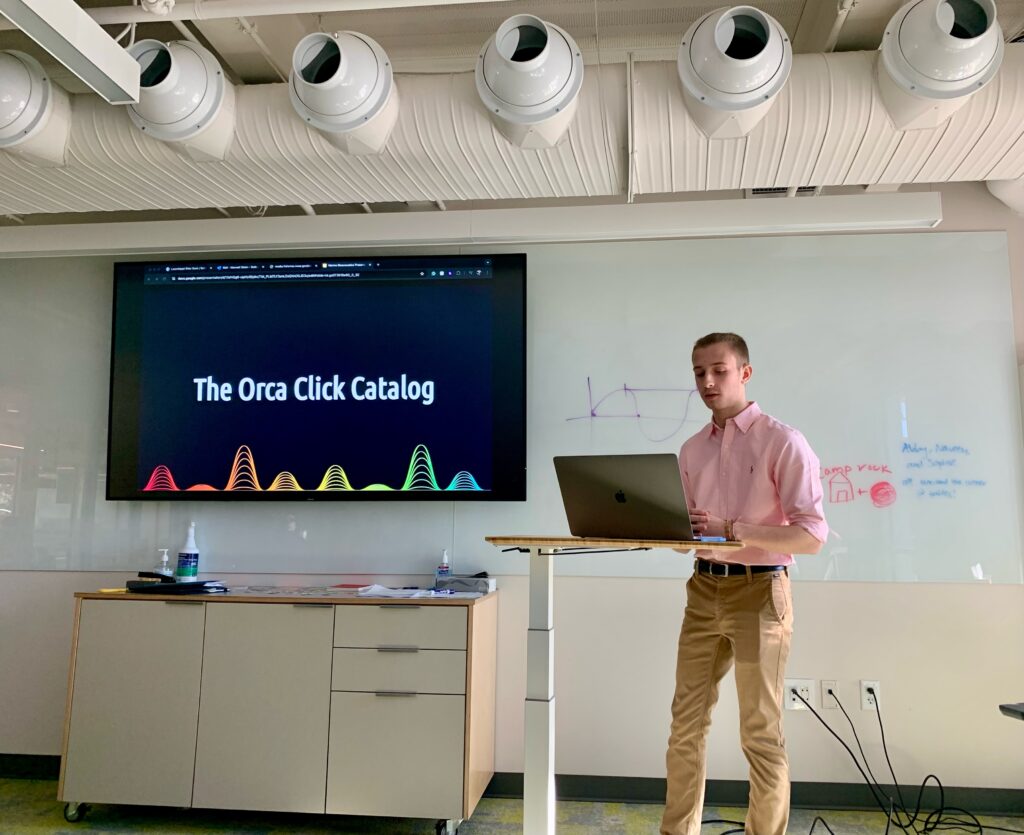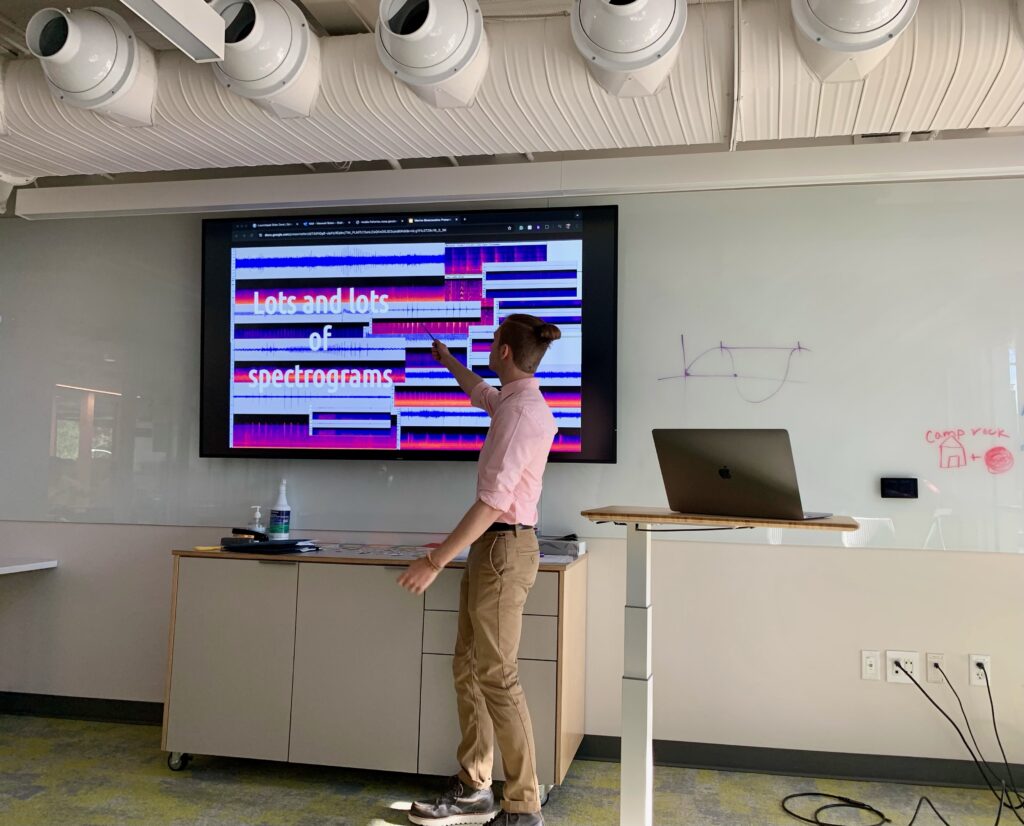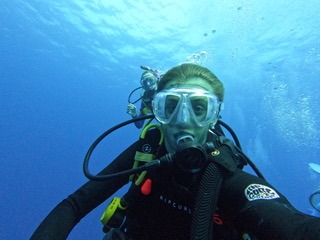Earlier this spring, Max Bolen ST22, conducted exciting research on marine bioacoustics as part of his high school senior project. Max spent three weeks this spring learning about bioacoustics and studying orca echolocation clicks with a local oceanographer and bioacoustician in the Salish Sea. Max was excited to share this research with us, as he also looks forward to continuing it as he prepares to attend the University of Washington in the fall.
Continue reading to learn more about Max’s project and the ongoing research being conducted about orca echolocation clicks.

Inspired by transformative learning experiences
My experience at The Island School was always being pushed along by the encouragement to do my own learning and try to find answers to the information I want to know. One of our projects in Sustainable Systems was to design a sustainable system or practice to implement in our communities and I think a bit of the inspiration behind my project came from that. I wanted to incorporate my growing interest in bioacoustics with something my Seattle community loves. The obvious choice for me was to learn more about orca acoustics! Also, having gotten to speak with Dr. Nick Higgs about marine research over lunch and discussing how to conduct research across all my classes, I felt that I had a decent idea of how to make this project informative for both myself and the public, as well as fun.
For my senior project, I had the opportunity to work with a local bioacoustician and oceanographer, Scott Veirs, to learn more about marine bioacoustics, specifically the echolocation clicks of our local Southern Resident killer whales here in the Salish Sea. Over the two and a half weeks with Scott’s guidance, I tackled research that is still nascent in its understanding within the bioacoustics community and tried to contribute to open-source pages and data collections for scientists to use. I got my hands wet, opened my ears through live audio feeds, spent hours watching spectrograms on my computer, and discussed recent bioacoustics research with professionals around North America.

The core of my project was to study Southern Resident killer whale (SRKW) clicks–special signals that orcas use for communication and echolocation. I analyzed recordings to isolate orca clicks using live audio feeds, archived audio files from the live feed, and pre-sorted files from the OrcaHello AI program. Then, I calculated the inter-click intervals (ICI) of the clicks, categorizing them into five groups based on the ICI, and two special cases: very fast clicks (<50ms), fast clicks (50-100ms), medium clicks (100-250ms), slow clicks (250-400ms), and very slow clicks (>400ms).
The first special case is the buzz: such rapid clicks that they sound like one continuous buzz. The second special case is a sweep, in which the click amplitude increases and decreases–likely caused by an orca sweeping their head towards and away from a hydrophone while echolocating. These categorizations are subject to change as research continues, but for now, they are for educating listeners and beginning to establish a labeling standard for future annotations. Ultimately, I wanted to provide a foundation for those interested to begin their learning and inspire their own investigations into orca echolocation, as well as setting a foothold into future research.

During my project, I reached out to about 15 different scientists and attended a couple of conferences and meetings on bioacoustics. I had the great pleasure of attending a conference with an organization called Humans and Algorithms Listening to Orcas, or HALLO for short. HALLO works with AI and acousticians to develop real-time whale forecasting systems to warn ships of their presence. This conference was to discuss recent research on North Atlantic right whale “gunshot” vocalizations and signal localization approximation using hydrophone-equipped buoys at sea. I reached out to two bioacousticians to get my categories approved; April Houweling, a bioacoustician specializing in orcas from Canada, and Jen Wladichuk, an environmental acoustician with a keen interest in killer whales. Both approved of my categories, and I moved on to my favorite part of the project; the SRKW Click Catalog.
The big deal with this project for me was taking my favorite audio clips that I found in each ICI category and making a webpage to showcase them. In a couple of hours after getting the approval of Scott, Jen, and April, I used WordPress and a bit of custom HTML to construct version one of the Southern Resident Killer Whale Click Catalog on the Orcasound Network website. The webpage itself contains more information on its construction, so I will avoid redundancy and encourage everyone to look for themselves.
Because the research I am partaking in doesn’t have a lot of substance like the research on orca calls (another signal group), my research and proposals are very subjective to change. I plan to continue working with Scott throughout my time at college and continue discussing research with the scientists I spoke with. At the moment, my catalog is not very comprehensive compared to John Ford’s orca call catalog. However, I plan on growing it as I continue my research.
The Island School community is incredibly proud of Max and excited to follow his continued research.
